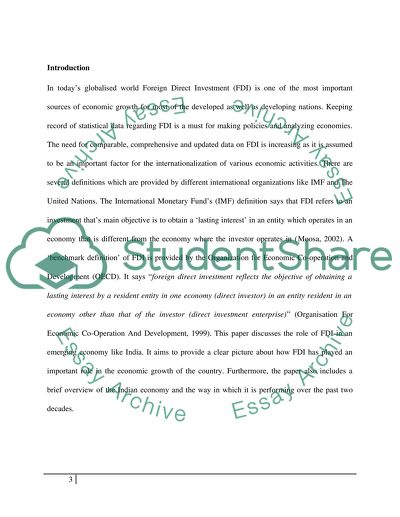Cite this document
(“Discuss the Impact of International trade or Inward FDI on economic Coursework”, n.d.)
Retrieved from https://studentshare.org/finance-accounting/1416448-discuss-the-impact-of-international-trade-or
Retrieved from https://studentshare.org/finance-accounting/1416448-discuss-the-impact-of-international-trade-or
(Discuss the Impact of International Trade or Inward FDI on Economic Coursework)
https://studentshare.org/finance-accounting/1416448-discuss-the-impact-of-international-trade-or.
https://studentshare.org/finance-accounting/1416448-discuss-the-impact-of-international-trade-or.
“Discuss the Impact of International Trade or Inward FDI on Economic Coursework”, n.d. https://studentshare.org/finance-accounting/1416448-discuss-the-impact-of-international-trade-or.


